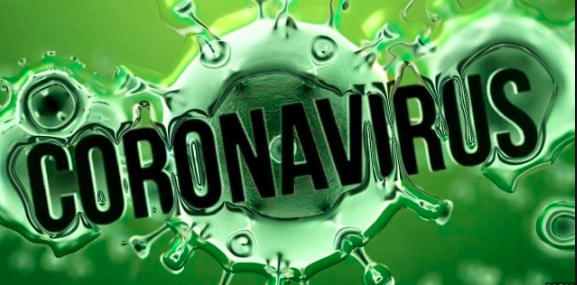Rebuilding Your Business After COVID-19 : Part 1 of 2

By Debbie Gregory.
Unless you have been living under a rock or in seclusion, you understand the COVID-19 pandemic has ground many businesses to a halt and wreaked financial havoc all over the world. Many businesses are continuing to struggle as the pandemic continues to rage months after it first began. According to a recent study by the National Federation of Independent Business (NFIB), as of March 30, 2020 approximately 92% of small businesses that responded said they were suffering negative financial impacts as a result of the pandemic. Only 5% said they have experienced no effects at all.
A plan can dramatically help your business get back on track once the danger has passed. The short-term outlook for businesses varies widely depending on your industry. No one knows what the “new normal” will be and we can only make guesses at how the overall economy will look. There are a few things you can do right now to prepare your business for a post-COVID-19 world. They include the following:
1.) Assess the Overall Financial Damage to Your Business:
Before you can start planning how you will recover, you need to know exactly how your business has been impacted. Now is the time to collect all of the numbers (from places such as profit and loss or cash flow statements) in order to compare them to previous years and determine just how much it has affected you. Next you will need to take a close look at how at what other parts of your business have been impacted including if you had to lay off workers, you were forced to greatly reduce marketing budgets or it became necessary to have workers perform their jobs remotely from in home offices.
2.) Will you Need Funding to Recover?
Your business may need a fresh infusion of cash to get back on its feet. The earlier you get the ball rolling on financing, the better off you will be. Take the time to research your options so that you find the right financing for your individual needs.
There are several options that you may consider, such as:
- Small business loans and microloans
- The Paycheck Protection Program (which is designed to provide funding to small businesses that are struggling to retain their employees during the pandemic)
- Economic Injury Disaster Loans(short-term pandemic financing for things other than employee retention)
- Business credit cards
- Business lines of credit
- Inventory financing
- Merchant cash advances
- Small business term loans from banks, credit unions and online lenders
- Vendor trade-lines
- Accounts receivable financing
- Purchase order financing
- Equipment financing
- And more
Each option has its own pros and cons so do your research and always consult a professional if you need guidance.
3.) Revise Your Business Plan:
Your business plan may have been working perfectly for your business pre-COVID-19, but now it may need some fine-tuning or outright re-writing. Specifically, you need to consider how your business will be able to adjust to the new normal once to survive during COVID or hopefully after it is gone. Take a good look at what was working for your business before the pandemic that may not work as well now and see where you can adjust or improve to remain competitive in your industry.
If you previously had a traditional brick and mortar shop before COVID-19, you may want to now expand into eCommerce or digital offerings since more people are turning to online shopping for all of their needs. If your employees are now working from home, you may consider keeping that arrangement. In other words, you need to fine tune your business.
You should also take a good look at the current trends and what your competitors are doing in your industry. You may find a gap that your business could easily fulfill which could be critical to reclaiming and expanding your customer base going forward.
The second part of this series will offer you more recommendations including going over your budget, your budget, your re-build timeline and why you should have a plan in place for the next crisis. Stay tuned.














